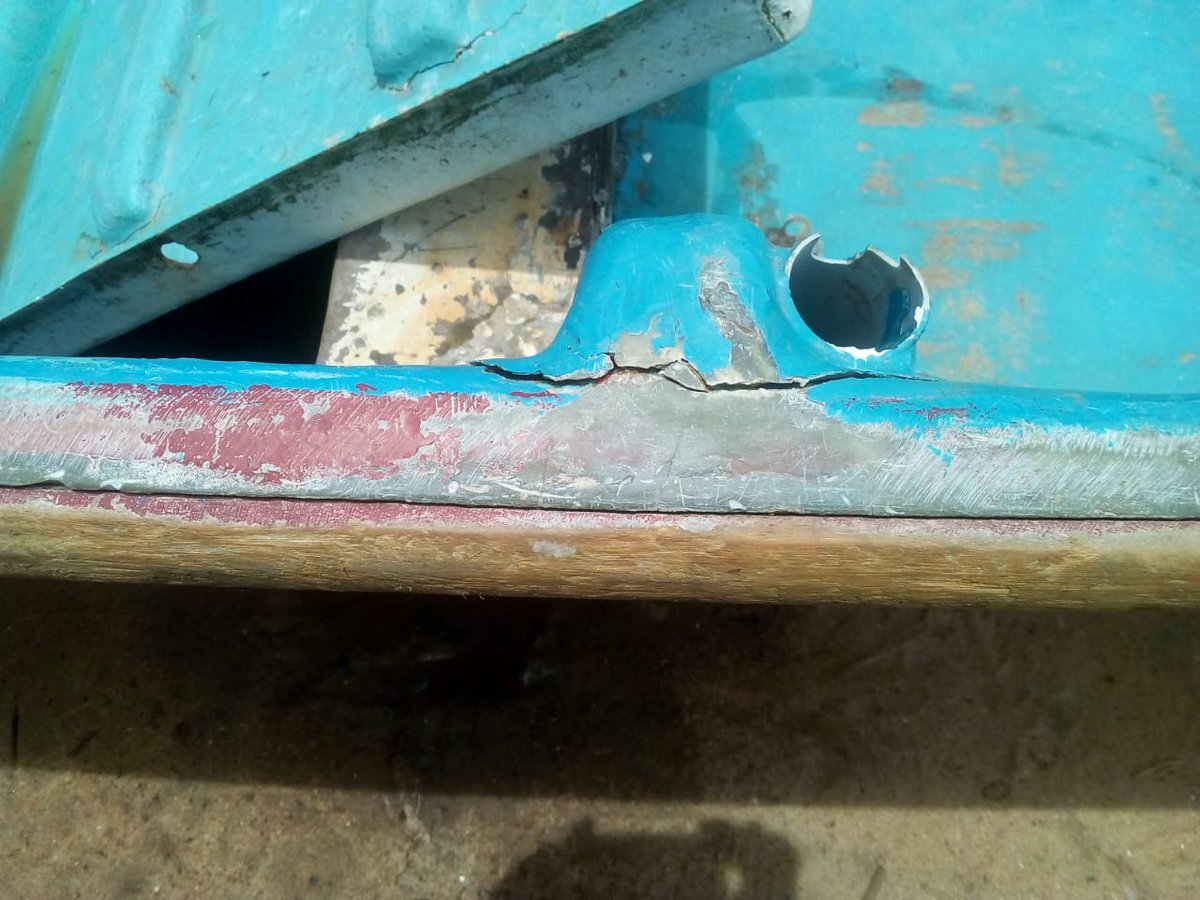For the past century, if not longer, fishermen and boaters in the Great Lakes have traded stories about monumental waves. They’ve gone by many names. “Freak tidal wave.” “Wall of water.” “Killer seiche.”
chicagotribune.com/news/ct-met-la…
I’ll tell you a fitting, but tragic example …
As you'll notice, beach-goers hardly know anything is wrong until the wave continues to pummel them.

























